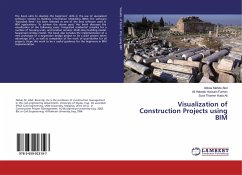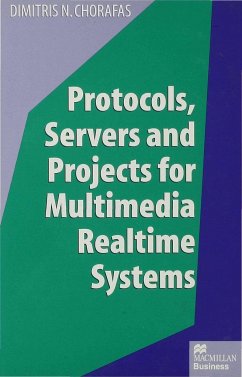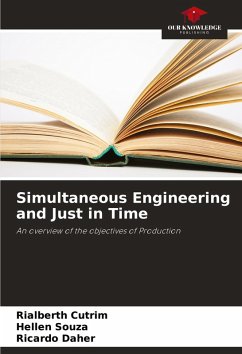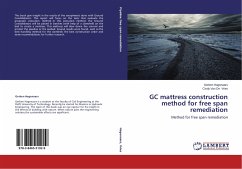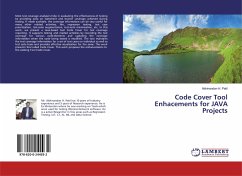
Productivity of Microtunneling Projects
Estimating Models for the Microtunneling Process for Water and Wastewater Pipelines
Versandkostenfrei!
Versandfertig in 6-10 Tagen
45,99 €
inkl. MwSt.

PAYBACK Punkte
23 °P sammeln!
The need for utility service line replacement or repairs with minimum disruption to the surface has increased the demand for trenchless excavation methods like microtunneling. Microtunneling is a trenchless technique that is used in installation of new pipelines. Microtunneling can be applied in gravity and pressure lines, permanent ducts for cables, and crossings under rails or roads. When bidding a microtunneling project, the main concern of contractors is predicting the underground behavior of the machine. Contractors do not have enough resources for predicting the productivity of microtunn...
The need for utility service line replacement or
repairs with minimum disruption to the surface has
increased the demand for trenchless excavation
methods like microtunneling. Microtunneling is a
trenchless technique that is used in installation of
new pipelines. Microtunneling can be applied in
gravity and pressure lines, permanent ducts for
cables, and crossings under rails or roads. When
bidding a microtunneling project, the main concern
of contractors is predicting the underground
behavior of the machine. Contractors do not have
enough resources for predicting the productivity of
microtunneling machines. The book provides
contractors with models to estimate microtunneling
productivity to reduce their bidding risks and
increase profit. It uses statistical modeling
techniques. Penetration time, delay time, and
preparation time for the microtunneling process were
modeled. Penetration time was predicted for
different soil conditions using deterministic
techniques, while preparation and delay time used
probabilistic techniques.
repairs with minimum disruption to the surface has
increased the demand for trenchless excavation
methods like microtunneling. Microtunneling is a
trenchless technique that is used in installation of
new pipelines. Microtunneling can be applied in
gravity and pressure lines, permanent ducts for
cables, and crossings under rails or roads. When
bidding a microtunneling project, the main concern
of contractors is predicting the underground
behavior of the machine. Contractors do not have
enough resources for predicting the productivity of
microtunneling machines. The book provides
contractors with models to estimate microtunneling
productivity to reduce their bidding risks and
increase profit. It uses statistical modeling
techniques. Penetration time, delay time, and
preparation time for the microtunneling process were
modeled. Penetration time was predicted for
different soil conditions using deterministic
techniques, while preparation and delay time used
probabilistic techniques.





